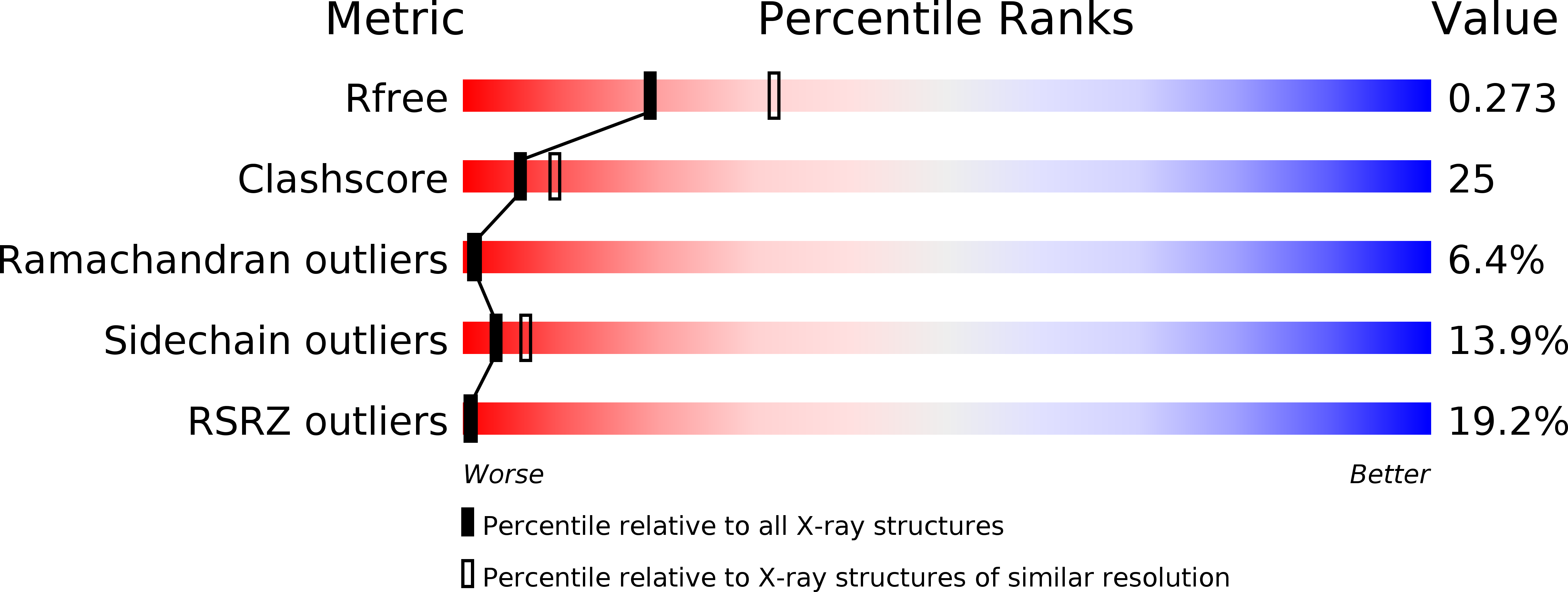
Deposition Date
2006-01-06
Release Date
2006-12-05
Last Version Date
2023-08-30
Entry Detail
PDB ID:
2FLN
Keywords:
Title:
binary complex of catalytic core of human DNA polymerase iota with DNA (template A)
Biological Source:
Source Organism:
Homo sapiens (Taxon ID: 9606)
Host Organism:
Method Details:
Experimental Method:
Resolution:
2.50 Å
R-Value Free:
0.27
R-Value Work:
0.22
R-Value Observed:
0.23
Space Group:
P 65 2 2


